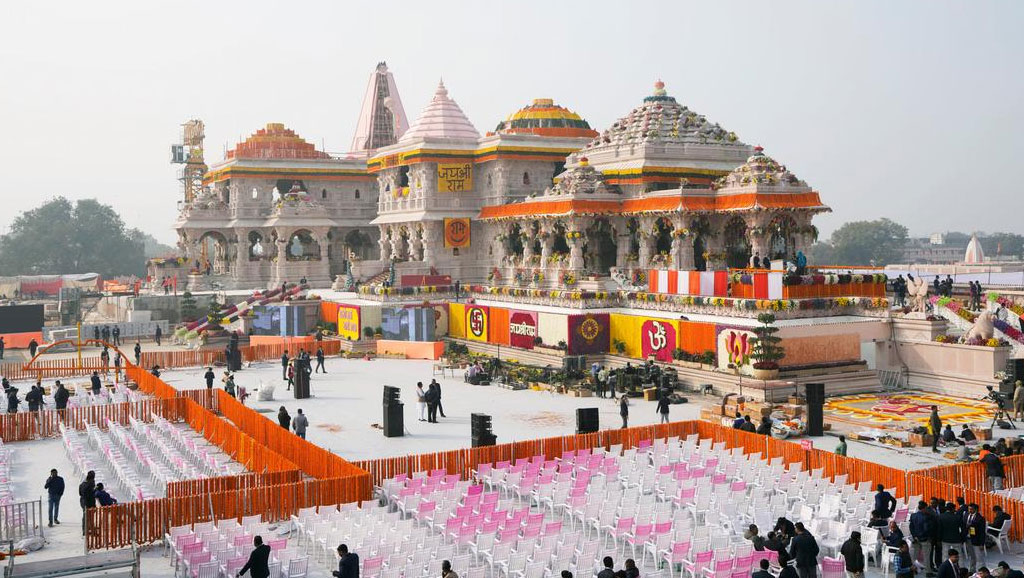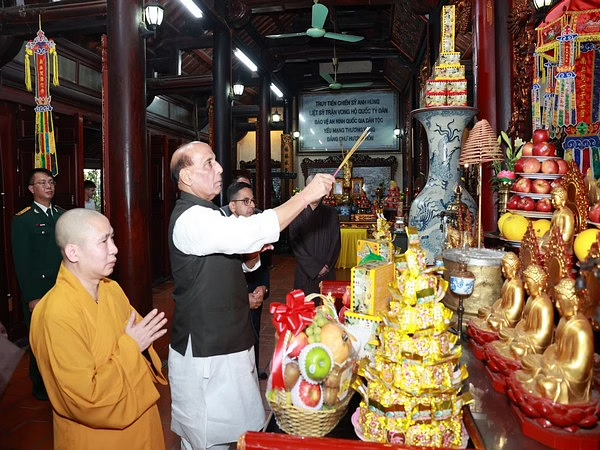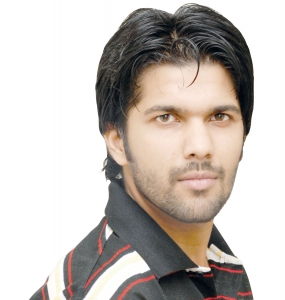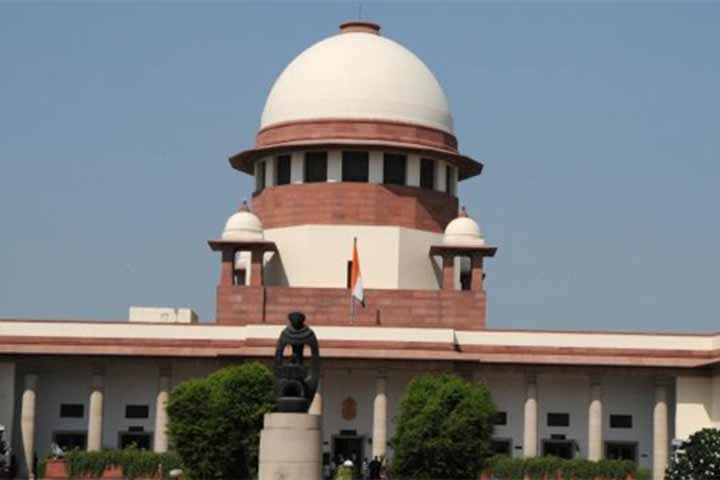Pakistan’s Hindu temple ransacking has deep ideological roots
A Hindu temple was vandalized in Bhong town in Pakistan’s southern Punjab on Wednesday after a 9-year-old Hindu boy was granted bail over allegedly urinating in a madrassa. The mob that ransacked the temple also damaged adjacent properties and blocked the Sukkur-Multan Motorway. Troops have now been deployed in the area.
This is the seventh attack on a Hindu temple over the past 18 months alone, during which time a worship place was damaged in Rawalpindi, a Hindu saint’s shrine burnt down in Karak, a temple demolished by a builder in Lyari, and two others vandalized in Tharparkar, including one following Navratri prayers.
Last year, the construction of Pakistan’s first-ever Hindu temple in Islamabad was halted under Islamist pressure after its foundation was destroyed. Ninety-five percent of pre-Partition Hindu temples no longer exist in Pakistan, and have either been demolished or converted.
Pakistani Prime Minister Imran Khan condemned the Bhong attack, and the Supreme Court has taken notice of it.
However, many of Khan’s party members and even cabinet ministers have expressed vile anti-Hindu bigotry or rallied in support of punishments for “blasphemers.”
In addition to bowing down to Islamist pressure over the Islamabad temple, Khan’s government has rejected legislation against forced conversions with the religious affairs minister categorically opposing the idea of restricting minors from converting to Islam. In a country where adults face death over apostasy against Islam, forced conversions continue unabated, with the government more invested in denying the very existence of the widespread, and easily verifiable, practice. Religious minorities across the board are victimized through Islamist persecution, from forced conversions to desecration of worship places. However, Pakistan’s anti-Hindu bigotry remains uniquely institutionalized. The mob violence in Bhong put on display the deep ideological roots of anti-Hindu sentiment in Pakistan.
First is the surface level utility of Pakistan’s blasphemy law, which has seen dozens killed, hundreds of worship places demolished, and thousands of victims imprisoned, injured, or expelled. The law facilitates Islamist mob violence by establishing offended Islamic sentiments as sufficient grounds for death.
As a result, once the Hindu boy was accused of urinating in an Islamic seminary — despite his elders pleading that the child isn’t mentally sound — the Islamist mob decided that the entire religious community had to be targeted for what at worst was a child’s accident.
In Pakistan, violent Islamic supremacism isn’t merely wielded by loud Islamists or opportunistic politicians; it is brazenly sanctioned by the constitution. And yet the state paradoxically tries to simultaneously be a democratic republic. This, in turn, results in the Pakistani state — unlike undiluted theocracies like Saudi Arabia or Iran — handing over the proverbial hammer to Islamist mobs and encouraging them to see “blasphemous” or “anti-Islam” nails everywhere.
Second is the prevalence of Islamic inertia in Pakistan, which results in 14th-century ideas and practices being taught as eternally binding even today. The Quran condemns polytheism and idolatry as among the worst sins. According to Islamic tradition, Muhammad destroyed the idols at the Kaaba in Mecca, and converted it to Islam’s holiest mosque, when his army took over the city to proclaim the Islamic empire. There are scores of hadiths underlining the obligation to destroy idols.
Among those rallying against the Islamabad temple construction last year was Khan’s allied Pakistan Muslim League-Quaid (PML-Q) Chief Pervez Elahi who cited Muhammad’s demolition of Kaaba idols to reassert that building the temple would not only be “against the spirit of Islam” but also an “insult to the Medina state.”
Such references to Islamic history and scriptures dominated the Pakistan movement, and have since been etched in the ethos of the nation, formulating the third and the most blatantly Hindu-specific ideological root of the continued spree of temple ransacking in the country.
The 1940s separatist movement led by the All India Muslim League, which made “Islam is in danger” its war cry, left no stone unturned in highlighting the disparity, and antagonism, between Muslims and Hindus. Pakistan’s foundational speech given by Muhammad Ali Jinnah underlined the onsteinsbly unbridgeable differences between the communities to argue that they can’t form a “common nationality,” underlining how the foe of Hindus is a “hero” of Muslims — some of whom were temple vandalizers that continue to be glorified.
What could most generously be described as a political maneuver by an insecure minority — albeit communally supremacist in essence — has since been co-opted to substantiate the partitioned state’s religious majoritarianism. After the “Two Nation Theory” helped create Pakistan, it was then upheld to maintain antagonism vis-à-vis “Hindu” India, but more importantly to keep the newly formed multiethnic Muslim state intact.
As a result, Pakistani school curricula, history books, pop culture, and literature have been stuffed with anti-Hindu rhetoric. The utility of anti-Indianism became even more critical for the state after the separation of East Pakistan, which was followed by the ante being upped on Islamization.
Indeed, India today replicating a similar obsession with Pakistan, and fanning anti-Muslim bigotry, is but a self-fulfilling prophesy of Pakistan’s creation, which not only subjugated Pakistani Hindus but also left a smaller percentage of Indian Muslims even more vulnerable to the separatist leaders’ worst fears.
The masochistic strategy’s continued relevance, and significance, can be gauged by Pakistan today banking on a Talibanized Afghanistan, hoping to keep India at bay, even if the state’s backing for jihadists is denting Sino-Pak relations and the country’s economic prosperity.
A week ahead of its independence anniversary, it remains evident that Pakistan can either continue to cling on to its foundational anti-Hindu rhetoric, and the ensuing Islamization of its constitution, diplomacy, and regional policies, or it can accept Pakistani Hindus as truly equal citizens of the state. Pakistan has been making the self-defeating choice for the past 74 years.
Source: The Diplomat/ Kunwar Khuldune Shahid
EK
12 Aug 2021,17:12












 Live Tv
Live Tv





